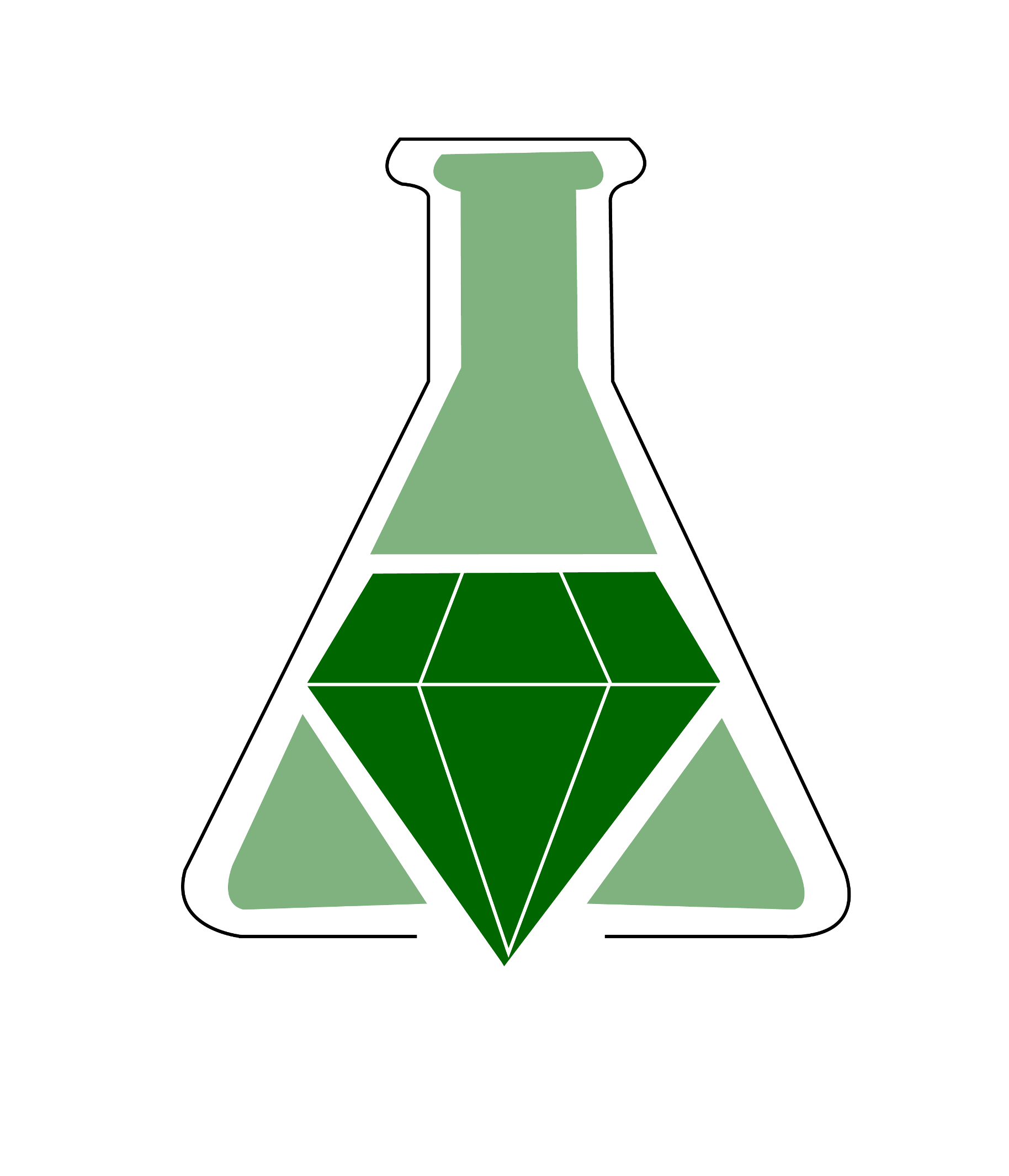"New" Compounds from Old Plastics: Recycling PET Plastics via Depolymerization. An Activity for the Undergraduate Organic Lab

Summary
As landfills begin reaching their capacity and waste generation skyrockets, the world is being forced to take a harder look at recycling. Because it is currently estimated that plastics make up a quarter of landfill space, the recycling of plastics is a hot, current topic.
In this lab, a common plastic, polyethylene terephthalate (PET), will be depolymerized by a simple hydrolysis reaction. Students can easily perform the hydrolysis and characterize the terephthalic acid in one lab period. If the instructor chooses, an additional lab can be added in which the students convert their terephthalic acid to the dimethyl or diethyl esters (however, these conversions were performed using the less-than-pleasant methyl iodide and ethyl iodide).
This experiment provides instructors with a framework to discuss waste issues, recycling, polymer chemistry, hydrolysis, carbonyl chemistry, esterifications, SN2 reactions, IR spectroscopy, and proton and carbon NMR spectroscopy.
The supplemental information includes additional background, instructor notes, student procedures, chemical warnings, and characterization data.
Summary prepared for the original GEMs database November 2008 by Douglas M. Young at the University of Oregon.
"New" Compounds from Old Plastics: Recycling PET Plastics via Depolymerization. An Activity for the Undergraduate Organic Lab
Don Kaufman, Geoff Wright, Ryan Kroemer, and Josh Engel
Journal of Chemical Education 1999 76 (11), 1525
DOI: 10.1021/ed076p1525
In this lab, a common plastic, polyethylene terephthalate (PET), will be depolymerized by a simple hydrolysis reaction. Students can easily perform the hydrolysis and characterize the terephthalic acid in one lab period. If the instructor chooses, an additional lab can be added in which the students convert their terephthalic acid to the dimethyl or diethyl esters (however, these conversions were performed using the less-than-pleasant methyl iodide and ethyl iodide).
This experiment provides instructors with a framework to discuss waste issues, recycling, polymer chemistry, hydrolysis, carbonyl chemistry, esterifications, SN2 reactions, IR spectroscopy, and proton and carbon NMR spectroscopy.
The supplemental information includes additional background, instructor notes, student procedures, chemical warnings, and characterization data.
Summary prepared for the original GEMs database November 2008 by Douglas M. Young at the University of Oregon.
"New" Compounds from Old Plastics: Recycling PET Plastics via Depolymerization. An Activity for the Undergraduate Organic Lab
Don Kaufman, Geoff Wright, Ryan Kroemer, and Josh Engel
Journal of Chemical Education 1999 76 (11), 1525
DOI: 10.1021/ed076p1525
Safety Precautions, Hazards, and Risk Assessment
See published journal article.
Link to external

Comments
Our first lab of the second…
Our first lab of the second semester of organic involves analyzing plastic samples using IR spectroscopy. This would be a great complement to that experiment at our institution.